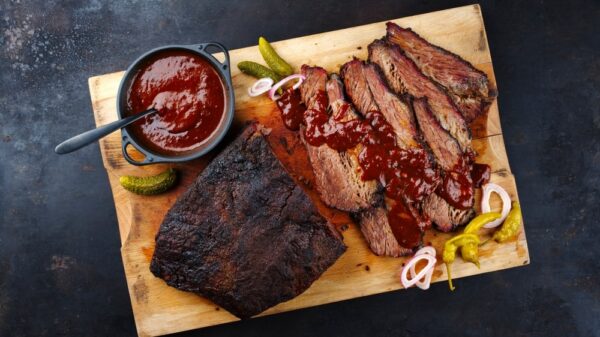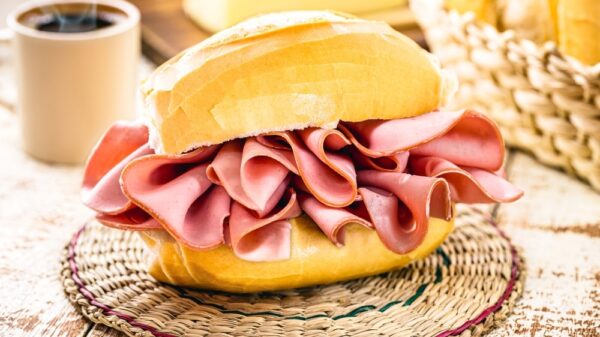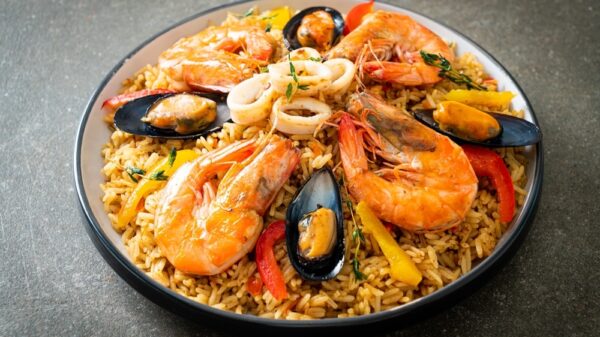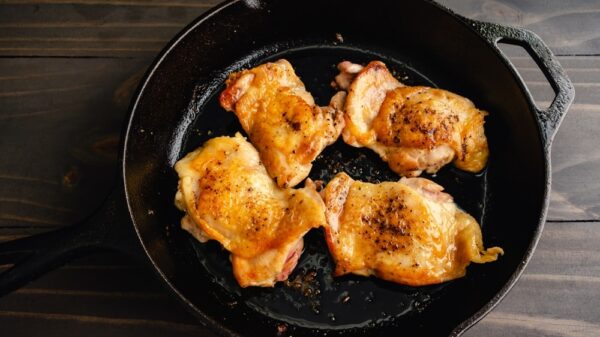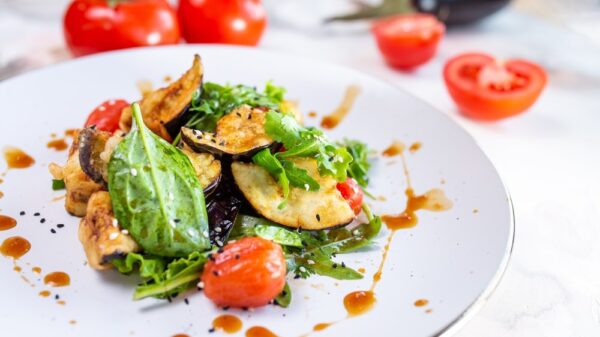Tamales often seem like an intimidating culinary project—a labor of love reserved for special occasions or experienced hands. Yet, with the right perspectives and tools, making tamales at home can be surprisingly approachable, much like a cozy Sunday brunch or a festive dinner party. The trick isn’t in the recipe’s intricacies but in understanding a few common hurdles that can trip up even the most excited beginner. With some expert tips and encouragement, you can launch into tamale-making with confidence.
To demystify the tamale process, we reached out to two culinary professionals who have honed their skills in the delightful art of tamale-making. Chef Ellen Marie Bennett, who learned her craft from her grandmother, and Lucia Gomez, sous chef at a top restaurant in Cabo, generously share their insights. This wisdom comes from their years of hands-on experience in kitchens filled with spices, laughter, and creativity. Whether you’re a seasoned home cook seeking to dial up your skills or a curious newcomer looking for a fun kitchen adventure, these pearls of wisdom will help you avoid some of the common traps that can spoil your tamale-making aspirations.
One of the most frequent pitfalls is not incorporating enough fat into your masa—think of it as missing a secret ingredient from your grandma’s famous cookie dough. Masa, the dough that forms the outer mantle of the tamale, needs fat to create the rich, tender texture we’re after. Traditionally, lard has been the classic fat choice, celebrated for its ability to enhance flavor and mouthfeel. If lard isn’t your thing, no need to fret—vegetable shortening works well and also caters to both vegetarians and vegans. And for those making sweet tamales, butter can add a wonderful depth of flavor, transforming your tamales into something truly decadent.
It’s not just about the type of fat, though; the quantity matters immensely! Chef Lucia emphasizes that scrimping on the fat can lead to a major heartbreaker: tamales that cling desperately to their husks, leaving a sad pile of masa behind. Picture your eager friends waiting in anticipation only to discover an unwanted mess as you unveil your creation! By ensuring your masa is prepared with the right amount of fat, you’ll achieve that smooth protective layer, allowing for effortless unwrapping and a delicious reveal.
Now, let’s talk technique. Whipping the fat before mixing it into the masa might sound like an unnecessary extra step, but it’s crucial for achieving that sought-after light and airy texture. You may think to yourself, “Is it really that big of a deal?” Well, trust me—it’s well worth the few extra minutes you’ll spend on this! By aerating the fat, you introduce pockets of air that result in a fluffy, delightful tamale. If you can, use a stand mixer; it’ll do the heavy lifting while you sit back and enjoy the delightful scent of what’s to come.
Mixing the masa is another area where things can go awry. The sweet spot is to avoid both overmixing and undermixing—striking that perfect balance is key to preventing an undesirable texture. Picture batter that’s too thick to spread, or worse, so dense it feels like a brick—definitely not what you want! The goal is to knead the masa just enough so that it resembles a thick, airy cake batter. So, take your time and be gentle with your mixing. Lucia can’t emphasize enough how vital it is to achieve the right consistency—your future tamales depend on it!
Let’s not forget to hydrate your masa properly. Too little moisture will lead to crumbly, disappointing bites—absolutely not what you’re hoping for! Unfortunately, if you catch this issue too late, you’re in for a disappointment no one wants to face. Chef Gomez confirms that keeping just the right amount of hydration is essential. A well-hydrated masa may feel sticky—which some might dread—yet this stickiness is a sign you’re heading toward success.
Lastly, seasoning your masa can elevate your tamale game beyond belief! Many home cooks mistakenly assume the masa is merely the wrapper for the filling. However, it deserves its own taste spotlight. Lucia urges a good sprinkle of salt to wake things up, and Ellen agrees—well-seasoned masa can truly make your tamales sing. Don’t hesitate to spice things up or consider using broth instead of plain water; it’s these little tweaks that can take your flavor to new heights.
With these insights, you’ll find yourself much more equipped for the next tamale-making adventure. Embrace this journey! It’s as gratifying as enjoying the end result. With a little patience, practice, and inspiration, you’ll discover that these flavorful bundles hold a special place in kitchens across the world. So, gather your loved ones, roll up your sleeves, and get ready to dazzle them with your newfound tamale skills! Tamales are as much about the process as they are about the final bite, and soon you’ll understand their delightful role in so many culinary cultures. Happy cooking!

